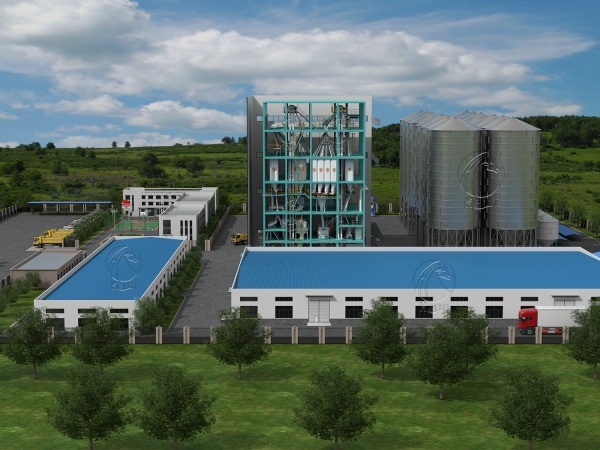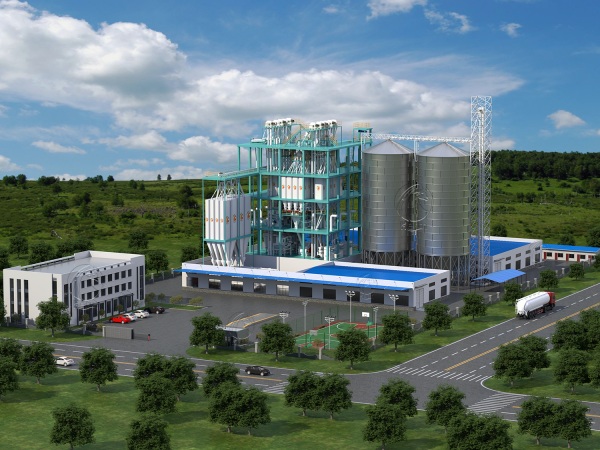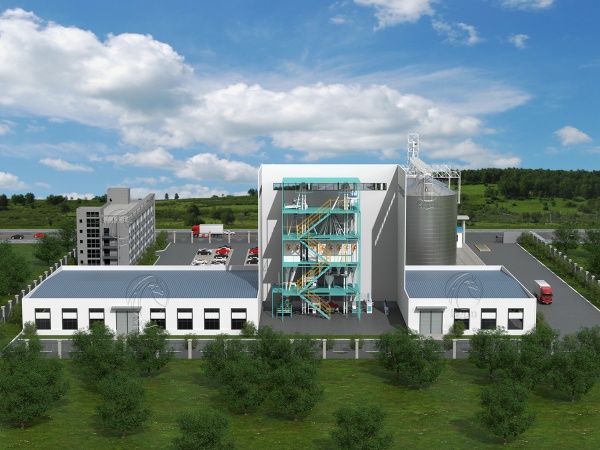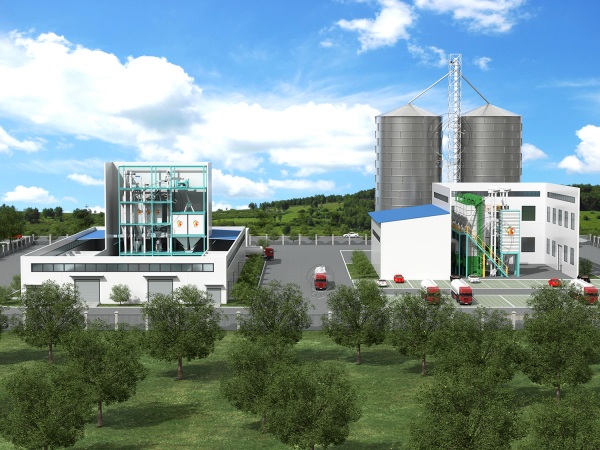Transform Your Farm: Unlocking the Benefits of Cattle Feed Pellets
Feeding Practices on Your Farm: A Comprehensive Guide
The Benefits of Cattle Feed Pellets
Cattle feed pellets offer numerous advantages over traditional feeding methods. These nutrient-dense pellets ensure that your cattle receive balanced nutrition in each bite. Their compact size and uniformity make them easier for cattle to consume, which can enhance feed efficiency and reduce waste. Additionally, the pelleting process improves the digestibility of the feed, helping cattle absorb more nutrients effectively. Furthermore, pellets help minimize spoilage and make storage more manageable, providing a convenient solution for farmers.
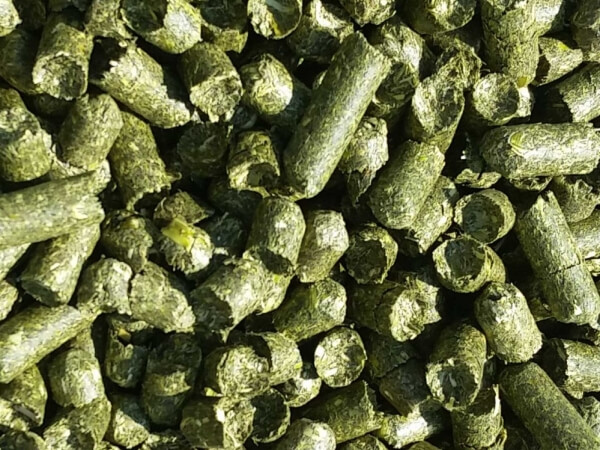
If your farm is utilizing a variety of forages such as dry grass, wet grass, alfalfa, and corn stalks, it’s essential to understand the characteristics and benefits of each type:
Hay: This is wild or artificially cultivated grass or leguminous plants with a moisture content below 15%. Examples include wild hay (like autumn white grass), Leymus chinensis, ryegrass, and alfalfa. Hay is a crucial winter feed, offering a high nutritional value while ensuring minimal spoilage.
Straw: This encompasses the remnants of crops post-harvest, including straw, vines, seedlings, pods, and shells. Notable examples are corn stalks, wheat straw, peanut vines, and sweet potato vines. Straw can be classified as either dry or green and is often used as bedding or as a feed supplement.
Green Feed: Comprising wild or cultivated grasses and legumes with a moisture content of 45% or higher, this category includes green barley, green oats, clover, and whole-plant corn. Green feed is particularly beneficial during the growing season, providing fresh nutrients and moisture.
Silage: This is produced from green feed or crop straw through processes like chopping, compacting, sealing, and lactic acid fermentation. Silage typically has a moisture content of 65-75% and a pH of around 4.2. Low-moisture silage (45-55% moisture) is often referred to as semi-dry silage and offers similar benefits. Silage is valuable for preserving nutrients and ensuring a steady food supply during lean periods.
Concentrated feeds are categorized based on their crude fiber content, with those containing less than 18% in dry matter referred to as concentrated feeds. These are further divided into:
Energy Feeds: Crude protein content below 20% (e.g., grains, bran).
Protein Supplements: Crude protein content above 20%.
Baler Machines:
As the foraging season concludes, it’s vital to preserve your forage. Our range of balers is designed to efficiently store hay and silage for later use, ensuring you maintain a consistent food supply for your livestock throughout the year.
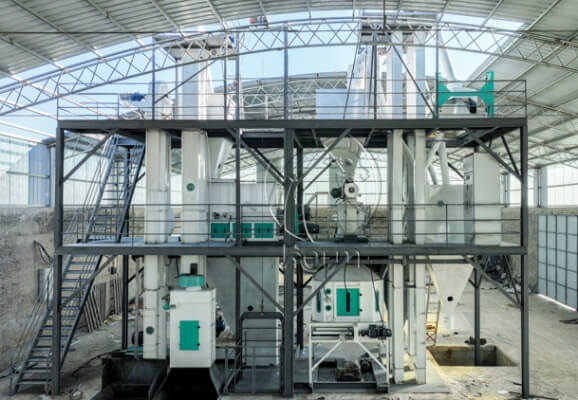
Cattle Feed Pellet Machines:
To promote healthy growth, cattle require grass powder in their diets. Our feed pellet machines produce pellets sized between 6-8mm, tailored for both small farms and larger feed processing facilities. For farms needing to meet immediate consumption, a small-scale machine suffices, while larger operations typically require a ring die feed pellet machine, with a minimum output of 4 tons per hour.
The cattle feed machine utilizes mechanically forced feeding, high-speed rotation, and centrifugal distribution within the granulation chamber, though this can lead to uneven material distribution. In contrast, the flat die granulator offers advantages in handling coarse fibers such as wood chips and straw due to its higher pressure capabilities.
While ring dies granulators deliver larger outputs, they require steam from a boiler to gelatinize materials, enhancing digestibility and ensuring better granulation. This process also aids in eliminating harmful pathogens, such as E. coli, from the feed.
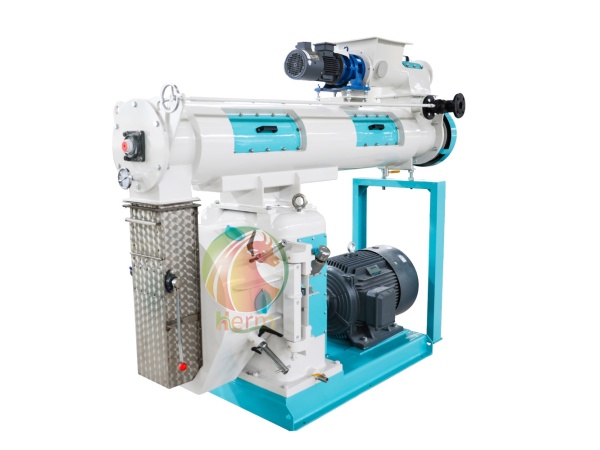
Key Specifications:
Steam Addition: 4-6% of the granulation output.
Temperature Management: Steam entry at 105°C and exit at 75°C.
Ring Die and Roller Distance: Should be maintained between 0.1-0.3mm to optimize output and minimize wear.
Cattle Feed Production Lines:
A complete cattle feed production line is a systematic process designed to transform raw feed materials into high-quality, nutritionally balanced pellets. These production lines are ideal for large-scale farms and feed processing factories, allowing for continuous and efficient production. The production line includes several stages, each with specific functions:
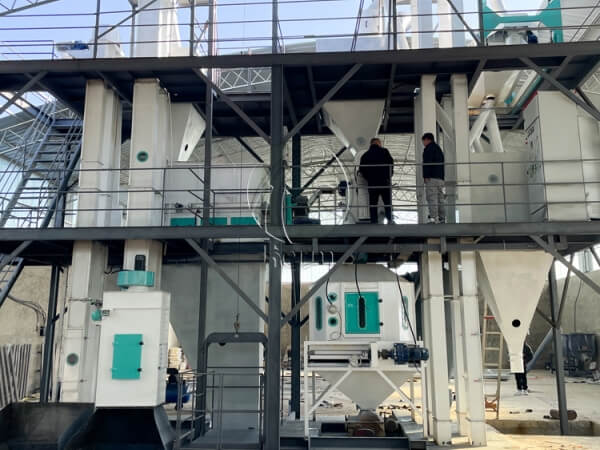
Material Crushing: The raw materials, including hay, straw, corn, and other ingredients, are crushed into fine particles using a feed crusher. This ensures uniformity in the final feed product.
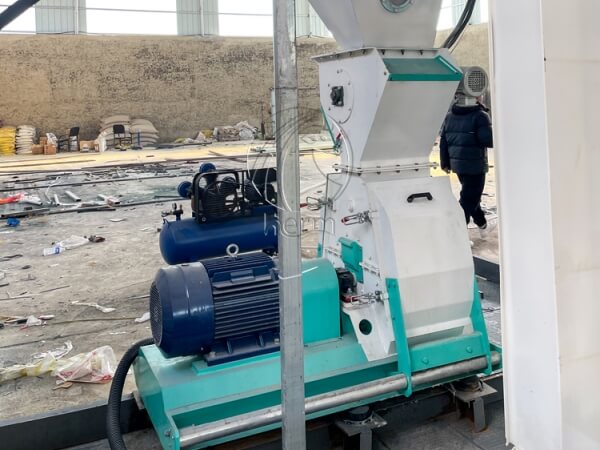
Mixing: The crushed ingredients are then mixed thoroughly in a feed mixer, ensuring that nutrients like vitamins, minerals, and additives are evenly distributed. This step is critical for producing balanced feed that meets the dietary needs of cattle.
Pelletizing: Using a feed pellet machine (typically a ring die pellet machine for large-scale production), the mixed materials are pressed into pellets. This process not only compacts the feed but also improves its palatability and digestibility, making it easier for cattle to consume and absorb nutrients.
Cooling: After pelletizing, the feed pellets are hot and moist. A feed cooling machine helps to reduce the temperature and moisture content, which enhances the durability of the pellets and prevents mold growth.
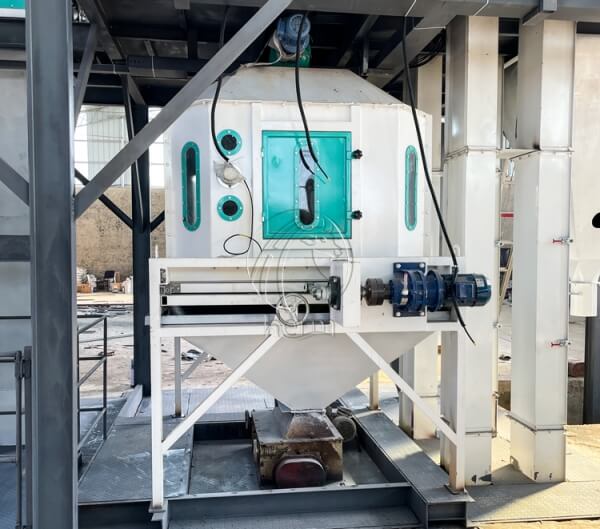
Screening: The pellets are screened to remove any dust or fines, ensuring uniform size and quality. This step ensures that only high-quality pellets reach the packaging stage.
Packaging: The final step involves packing the pellets into bags for easy storage and transportation. Automated packaging machines ensure precise weight and efficient sealing, making the feed ready for distribution to markets or use on the farm.
The cattle feed production line offers numerous benefits, including consistent product quality, reduced labor costs, and higher production efficiency. Whether you are a large-scale farm looking to produce your feed or a feed factory aiming for market distribution, our production lines can be customized to meet your specific needs, ensuring optimal performance and profitability.
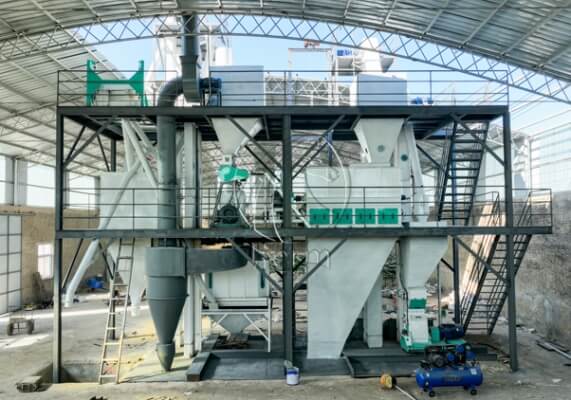
Henan Herm Machinery Co., Ltd was established in 2010 and has been devoted to the research and development of Feed Mill Machinery ever since. With more than 10 years of experience, Herm® has become a leading manufacturer and supplier of animal feed machines and complete animal feed production lines, cattle feed plants, poultry feed plants, animal feed pellet production lines, etc. It always endeavored to improve the quality of products and aims to meet the new requirements of the international market.
If You Are Ready to Start a Feed Pellet Plant Business, please contact us for the feed mill machine. We Can Provide Professional Design and Comprehensive Guidance According to Your Needs. Get in touch with us now!
Welcome Contact Us!
Henan Herm Machinery Co., Ltd
Email: info@hermmachinery.com
Whatsapp: 0086 18037508651


